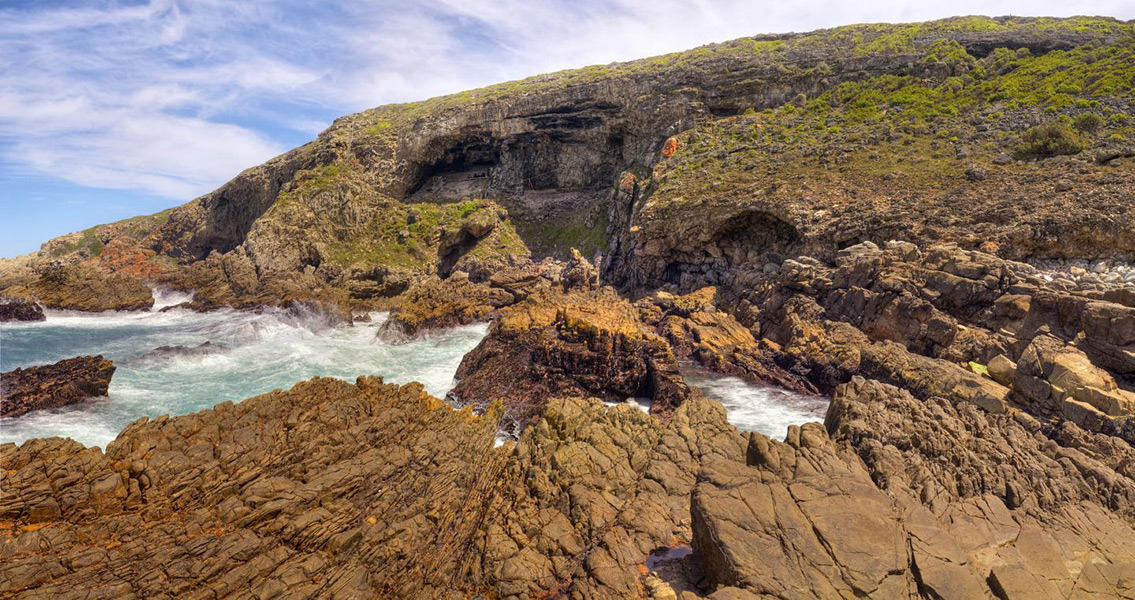<![CDATA[The Middle Stone Age was one of the most pivotal points in human history, a period of incredible development among early humans in southern Africa. It witnessed crucial innovations such as the development of bone tools, ochre production and personal ornamentation, yet the driving forces behind this wave of invention have long remained unclear. Archaeologists have postulated that climate change was linked to this period of dramatic innovation but new research from the University of Oxford, UK, suggests that this might not have been the case. Based on environmental records obtained from archaeological sites, the team behind the study conclude that climate and environment may not have been linked to cultural and technological innovation. The new research paper, entitled 'Climate, Environment and Early Human Innovation: Stable Isotope and Faunal Proxy Evidence from Archaeological Sites (98-59ka) in the Southern Cape, South Africa', was published recently in the open access journal PLOS ONE. Two major, seemingly contradictory hypotheses exist for the ways climate and environment could have influenced the wave of human progress that included the development of axes and other tools with handles, and the formation of sophisticated hunting techniques. One school of thought suggests that the technological advances were spurred on in response to climate instability. The other school advocates a more indirect approach, suggesting that environmental stability in fact provided a secure setting to foster the innovations. Until now, a disconnect between paleaoenvironmental records and archaeological sites has made it difficult to test these explanations; to determine whether climatic and environmental changes were in phase with waves of early human innovation. Patrick Roberts, the lead author of the study, along with his colleagues, acquired data concerning paleaoenvironmental conditions in the Middle Stone Age by carrying out analysis of animal remains, shellfish taxa and the stable carbon and oxygen isotope measurements in ostrich eggshell. The objects were taken from two archaeological sites, Blombos Cave and Klipdrift Shelter, spanning 98,000 to 73,000 years ago and 72,000 to 59,000 years ago, respectively. The team found that the climatic and environmental variations displayed in ostrich eggshell stable isotope measurements, faunal records, and shellfish indicators may not have occurred at the same time as technological and cultural innovations at the two sites under study. Although climate change may have had an impact on subsistence strategies, the results seem to show it wasn’t the driving force. “Our results suggest that although climate and environmental changes occurred, they were not coincident with cultural innovations, including personal ornamentation, or the appearance of complex tool-types. This suggests that we have to consider that other factors drove human innovation at this stage in our species’ evolution.” said Professor Roberts, in a PLOS ONE press release. The team’s results suggest that context specific analysis is necessary, analysing sites and innovations individually, to truly understand the driving forces behind the drastic changes of the Middle Stone Age. For more information PLOS ]]>
Climate Change and Middle Stone Age Innovation Not Connected
